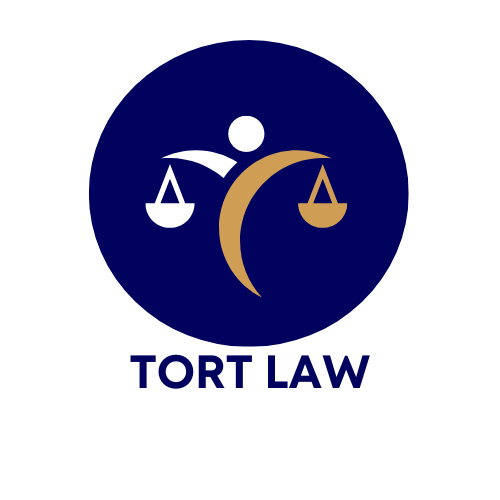In today’s competitive business landscape, companies often resort to various marketing tactics to stay ahead of the game. While advertising is a crucial aspect of promoting products and services, it’s essential for businesses to adhere to truth-in-advertising laws to maintain transparency and avoid legal complications.
Truth-in-advertising laws are designed to protect consumers from misleading or deceptive advertising practices. These laws aim to ensure that businesses provide accurate and factual information so that consumers can make informed decisions about purchasing a product or service. Violating these laws can result in legal consequences, damaging a company’s reputation and ultimately, its bottom line.
There are several ways in which a business might be in violation of truth-in-advertising laws:
False or Misleading Claims:
One of the most direct ways a business can violate truth-in-advertising laws is by making false or misleading claims about their product or service. This includes exaggerating benefits, fabricating statistics, or making unsupported claims that cannot be substantiated. For example, advertising a weight loss product that guarantees losing 10 pounds in one week without any exercise or dietary changes would likely be seen as a violation.
Omission of Important Information:
Another way businesses can run afoul of truth-in-advertising laws is by omitting crucial information that may be essential for consumers to make an informed decision. Failure to disclose important details about a product, such as potential risks or side effects, hidden fees, or significant limitations, can be seen as deceptive advertising.
Bait and Switch:
Engaging in a bait-and-switch tactic is a clear violation of truth-in-advertising laws. This practice involves advertising a particular product or service at an enticing price to attract consumers, only to redirect them to a different, often more expensive, product or service. This deceptive tactic misleads consumers and can result in legal consequences for the business.
Testimonials and Endorsements:
Using false or misleading testimonials or endorsements is another violation of truth-in-advertising laws. If a business pays individuals to provide fake positive reviews or testimonials without disclosing it, or misrepresents the qualifications or expertise of an endorser, it can be held accountable for deceptive practices.
Comparative Advertising:
While comparative advertising is often used to showcase the superiority of a product over its competitors, it must be done accurately and fairly. False or misleading comparisons that cannot be substantiated or that unfairly discredit a competitor’s product can lead to violation of truth-in-advertising laws.
Fine Print and Disclaimers:
Placing important information, disclaimers, or limitations in fine print or in a way that is difficult to read or understand is also a violation. Truth-in-advertising laws require that such information be clear, conspicuous, and easily accessible to consumers, ensuring they are not misled or deceived. Businesses must prioritize honesty and transparency in their marketing efforts to avoid violating truth-in-advertising laws. Investing in proper research and ensuring that all claims are accurate, substantiated, and easily verifiable can go a long way in building trust with consumers. In conclusion, businesses should familiarize themselves with truth-in-advertising laws and take proactive measures to comply with them. By doing so, companies can both protect their own interests and uphold the trust and confidence of their customers, leading to long-term success in the marketplace.

